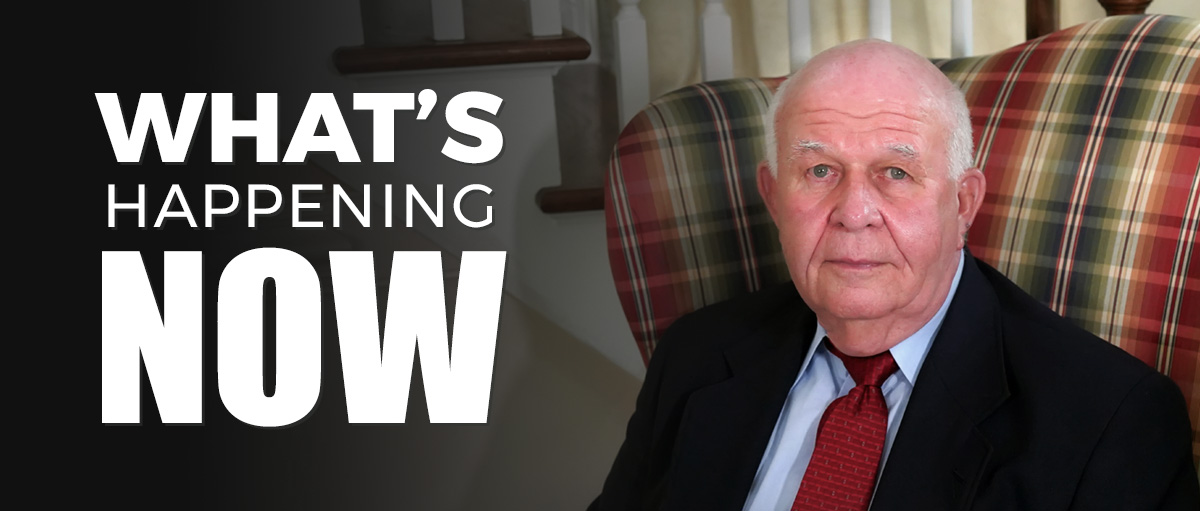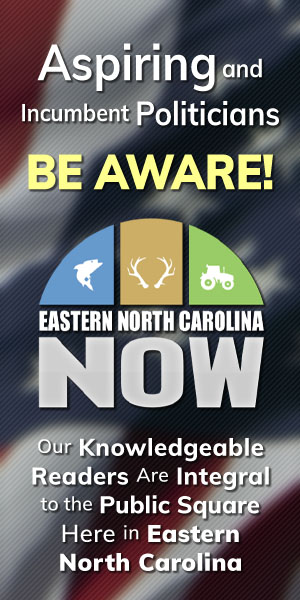Your Basic Needs: Food, Shelter and The TRUTH
A league of our own

Tom Campbell
According to reputable sources over-the-air television viewing peaked around 2014 and began declining. When people were confined to their homes during COVID video streaming took off. By July of this year traditional TV usage (broadcast and pay TV) dropped below 50 percent for the first time according to Nielson. 20 percent watched traditional TV, 29.6 percent were pay TV viewers and streaming services accounted for nearly 39 percent.
Viewers are "cutting the cord" in large numbers every month and the impact will be significant. Cable operators pay Disney (ESPN) more than $9 per subscriber per month. ESPN and other broadcasters then pay athletic Conferences and schools huge sums for rights to air their games. Each Big 10 conference school receives $58.8 million, mostly from TV revenues. Southeastern Conference schools receive $49.9 million, while Atlantic Coast Conference schools get $39.4 million each. In 2001 ACC schools got just $9.0 million. The dollars are big and schools have become dependent on the dollars. But there is a "perfect storm" brewing.
The declining viewership from traditional and pay TV will result in sponsors being unwilling to pay current huge advertising rates. It remains to be seen how much streaming services will make up the shortfalls, but it is evident ESPN will renegotiate and lower payments to schools, which will force schools to re-examine their programs, facilities and, most especially, nonrevenue and Title IX sports.
The NCAA, an association formed to regulate and keep sports as amateur events, is a train wreck. Just look at conference realignments, the transfer portal - players transfer schools more frequently than chess pieces - and NIL (name, image and likeness) compensation - some players are reportedly receiving six figures to play. Schools have become little more than minor league teams for the pros. UNC football coach Mack Brown spoke for many of us, saying we have lost faith in the NCAA's ability to govern amateur sports.
A friend and I reminisced about the "good old days" when guys wore coats and ties, and girls wore suits to football games. Our favorite teams played schools with whom we had some affinity and rivalries. The 1953 ACC featured the Big 4 (Carolina, Duke, Wake Forest and State), along with "outside" schools like South Carolina, Clemson, Maryland and Virginia. We could travel by car to most games. Remember when the Friday of the ACC basketball tournament was a virtual day off from work?
Few have anything in common with current ACC members Louisville, Pittsburg, Syracuse, Boston College, Florida State, Georgia Tech, Miami, Notre Dame and Virginia Tech. Now the ACC has agreed to accept Stanford, Cal and Southern Methodist University to membership. We should rename it the "A & P" conference (Atlantic and Pacific). It certainly can't remain the Atlantic Coast Conference. The ACC has prostituted itself for the dollars.
Here's a crazy idea. How about we hop off the money train? Let's form a league called The North State Conference. In addition to the Big 4, we would include East Carolina, Appalachian State and UNC Charlotte and maybe more schools, but there are enough competitive teams for a full schedule of games with Western Carolina, UNC Wilmington, NC Central, Elon, Campbell and others. As smaller schools became more competitive the improved in-state play would establish new rivalries, boost in-state tourist revenues and, most importantly, make college sports fun once again, not just a mega business run by corporate executives.
To be sure the new league would face challenges, especially the dramatic decrease in revenues for many schools, player compensation and other regulations. Hopefully it would mandate that any athlete who accepted a scholarship would be required to stay at that school a minimum of three years, unless there were real hardship reasons. We might even get to know the players' names again and what teams they play for.
Consider the alternative. What happens if "amateur" sports continues down the current path, where television has almost complete control of schedules, game times and revenues? What is the end game?
A day of reckoning is at hand, whether wanted or not. Cutting the big money cord will be a hard habit to break, but it would restore sanity to college sports. Of course, it won't happen, but wouldn't it be fun to watch if we had a league of our own.
Tom Campbell is a Hall of Fame North Carolina Broadcaster and columnist who has covered North Carolina public policy issues since 1965. He recently retired from writing, producing and moderating the statewide half-hour TV program NC SPIN that aired 22 Ĺ years. Contact him at tomcamp@carolinabroadcasting.com.
| Dodgers Wondering If They Should Have Spent More Time Training For Playoffs And Less Time Honoring Satanic Drag Nuns | My Spin, Editorials, Op-Ed & Politics | A world in disarray |
























